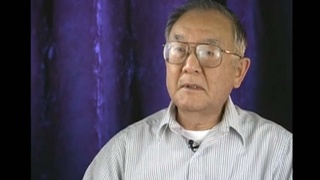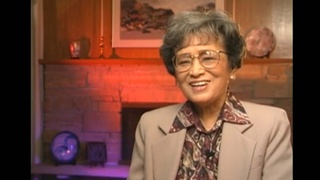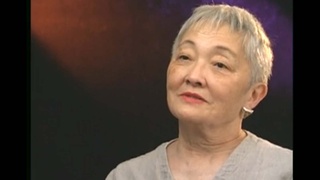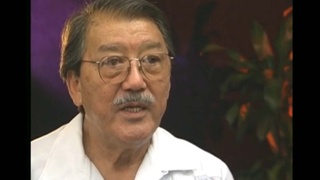Interviews
His sister secured reparations for the family
Kiyo was, again, this outspoken person in the sense that when the government sent — this is during the redress period, during the late 1980s — the spokesperson came to the JCCNC (Japanese Chamber of Commerce of Northern California) center here, community center. And while he was speaking, my sister went right up and showed him this one document that says, each of us have this, that says that we were arrested by the FBI. And surprisingly he said, on the spot, that, "You qualify." So like we were kind of shocked. The other Japanese Peruvians that were there didn't have the same papers.
We all have it somewhere, yes, every one. They give one to individuals, not a whole family, it's individual.
The key was the letter of apology from Ronald Reagan, and to receive the twenty thousand.
Date: September 20, 2019
Location: California, US
Interviewer: Tom Ikeda and Yoko Nishimura
Contributed by: Watase Media Arts Center, Japanese American National Museum and Denshō: The Japanese American Legacy Project.
Explore More Videos

Evolving History
(1929 - 2014) One of the earliest proponents behind the redress movement.

Need for Monetary Compensation
(1923–2008) One of the leaders behind the redress movement.

Erasing the Bitterness
(1923–2008) One of the leaders behind the redress movement.



Duties of the Witness Chair
Chaired the Chicago JACL's Redress Committee.







Figuring out a dollar amount for redress
Judge, only Japanese American to serve on CWRIC.

Deciding to serve on the CWRIC
Judge, only Japanese American to serve on CWRIC.

On hearing of CWRIC selection from Senator Inouye
Judge, only Japanese American to serve on CWRIC.
